Swiss researchers get creative to promote their work
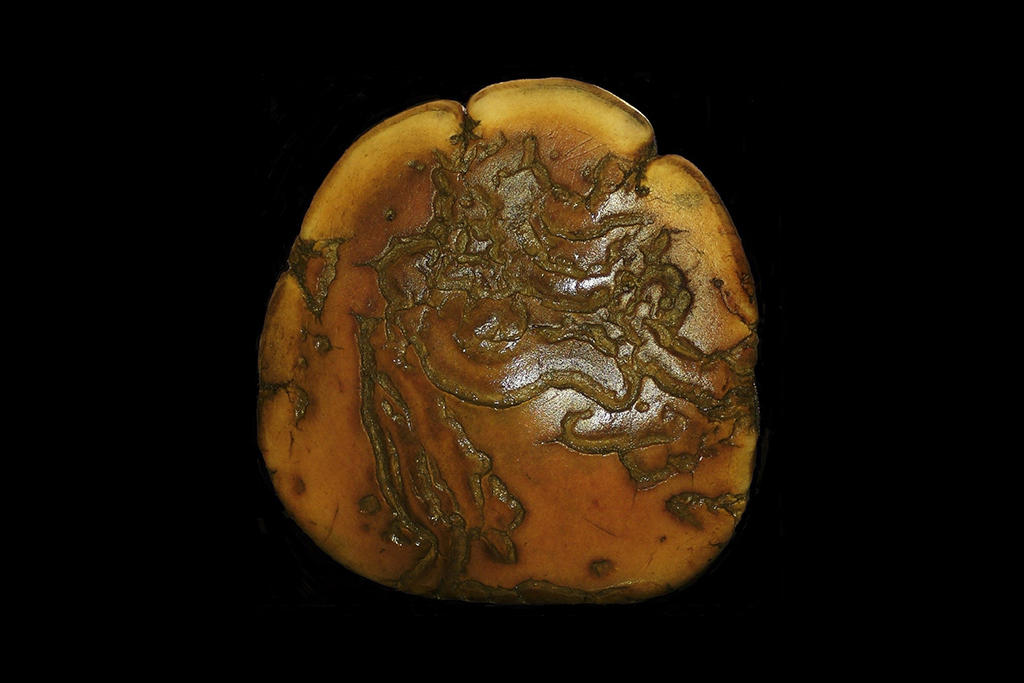
Researchers working in Switzerland are being encouraged to make their complex work more visible to the public using photographs, images and videos. The Swiss National Science Foundation (SNSF) holds an annual competition to promote their projects, featuring their visual approach to presenting technical ideas.
The competition highlights the increasing importance of images in scientific research. It also shows how the work is done and gives a name and sometimes a face to the researchers behind it all. The competition encourages scientists to pick up a camera and document their work, potentially attracting more media attention. If scientists use more images in their research coverage, they can exhibit the results and become more accessible to the public.
The international jury awards prizes of CHF1,000 ($1,030) for winning entries in each category as well as CHF250 for each distinction. These award-winning works are usually displayed in an exhibition at the Biel/Bienne Festival of Photography and made available to the public and the media, as well as to scientific institutions.
The winners:
Paulin Wendler photographed the feet of more than 150 Asian elephants living in European zoos as part of a study into factors influencing their feet. The winning photo shows the right front foot of a ten-year-old male from below. The natural grooves on the pad of the foot are like the treads of a human’s shoes. The edges that are lighter in colour are the tips of the elephant’s nails. His foot measures 117 cm in diameter and it expands when bearing weight.
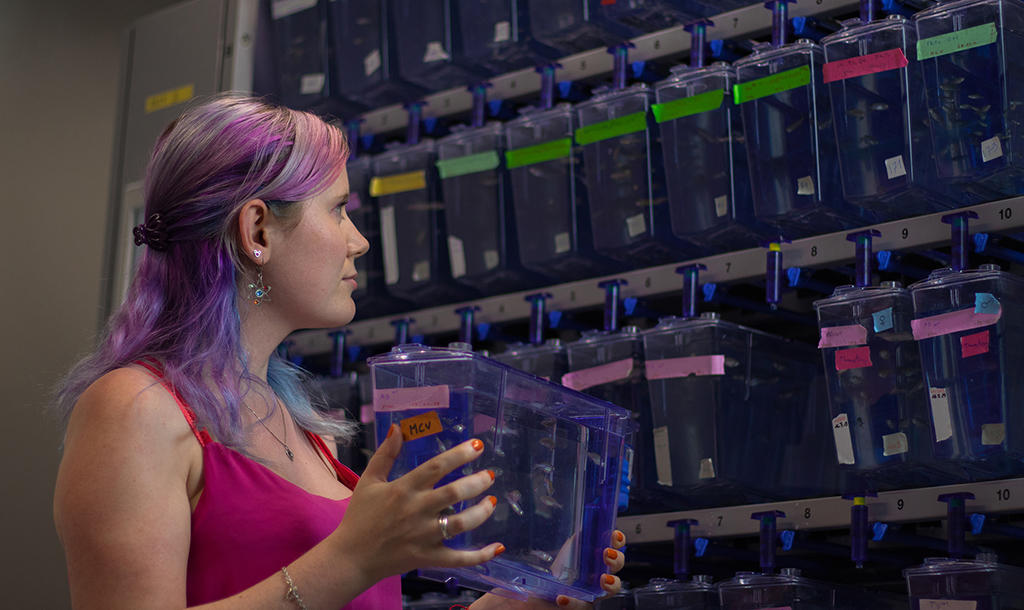
Kaan Mika takes a photo of his friend and research colleague, Norine, in harmony with her zebrafish in the laboratory. Norine’s project shows how model organisms like these fish could help us to fight diseases. Zebrafish provide a great model for studying how diseases can develop since they quickly develop externally and their organs are transparent. This allows scientists to observe defects in forms of living organisms at early stages in their development.
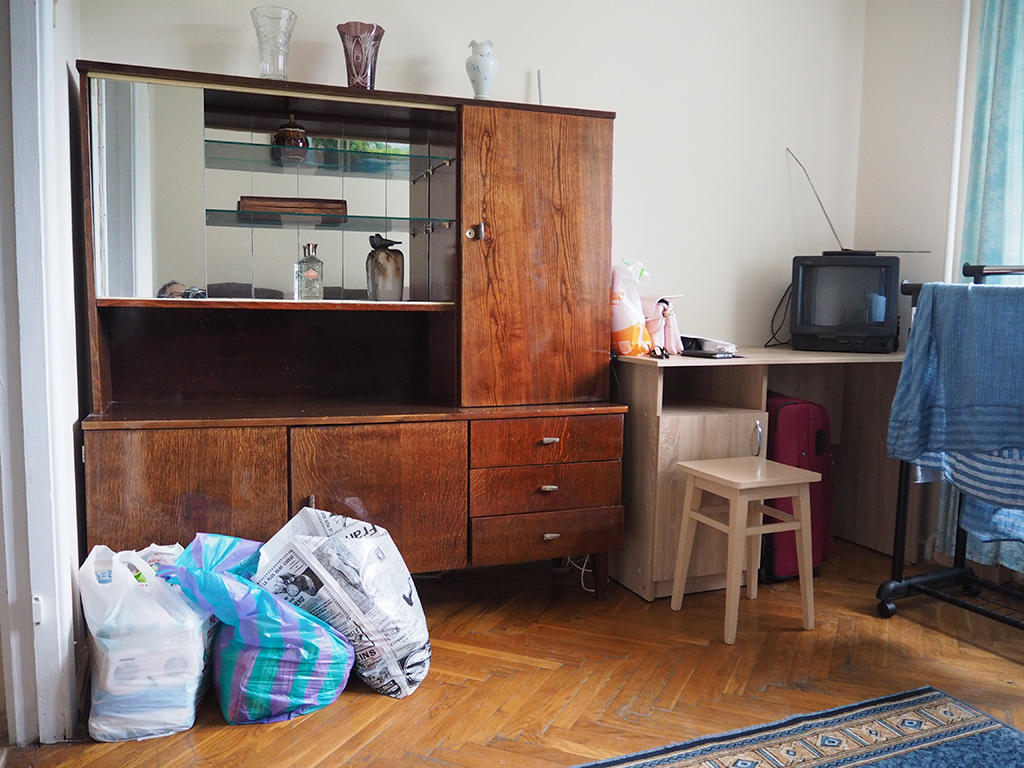
Anika König, whose research was anthropological and based on transnational surrogacy, shows the accommodation of a surrogate mother whom she interviewed in Kyiv, Ukraine. Surrogacy – bearing a child for others – has become a lucrative industry there. Poor women see it as an opportunity to earn as much in nine months as they would normally earn in ten years.
But surrogacy in the Ukraine is stigmatised and many women hide their pregnancies from their families and friends. Once their pregnancy becomes visible, they move to flats in the city, like this one, which is provided by the surrogacy agency. The pregnant women keep all their belongings in plastic bags.
Peter von Niederhäusern’s rotating Lego model was made transparent by x-ray computer tomography. The coloured structures are traces of the activity of the radiation emitted.
The visualisation is provided by SPECT, a nuclear imaging scan that integrates computed tomography (CT), and a radioactive tracer. By combining the two different signals, the exact position of a contrast medium can be fixed. This technique is vital for observing the effects of medical treatments. Lego bricks work particularly well for this purpose because they are cost-effective and their dimensions are well known. Innovative and low-cost solutions like this can help to achieve scientific goals.
Distinctions:

This study aimed to show how little agricultural product dealers and smallholder farmers know about using dangerous pesticides in Uganda. Researchers sent farmers to buy pesticides for specific use: to combat an armyworm outbreak on a maize crop. They found that the salespeople give very little or no advice on using pesticides. This image displays all the products obtained in different shops around the country. Safety labels are supposed to indicate the level of hazard and protective measures, usually as a red or yellow band at the bottom of the bottle. Looking closely, you can see some unreadable pictograms and an array of wrong colours.
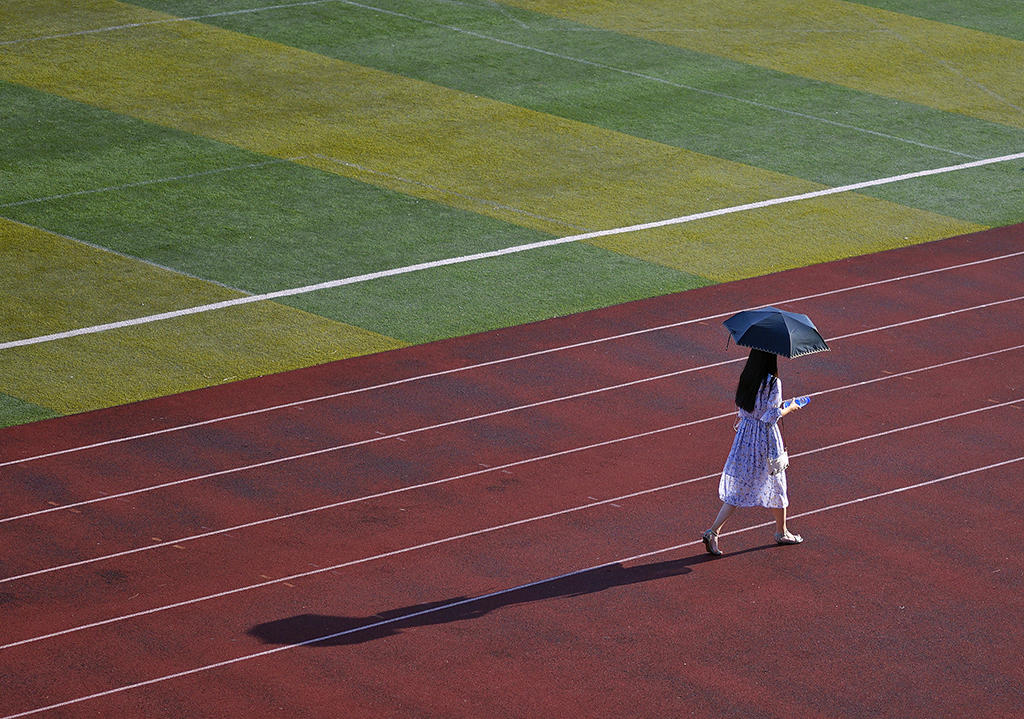
A woman holding an umbrella as protection from the sun walks on a running track. In this image Jérôme Gapany strives to capture a fleeting moment of solitude in a densely populated urban landscape. The research focused on public spaces and new ways of delivering mobility in Chinese cities, as the summer heat in the cities of southeast China is an increasing challenge with rapidly increasing urbanisation. This shot was taken while conducting ethnographic fieldwork in southeastern Fujian Province, where daily lives are shaped by rapid urban change.

This photo portrait is of Stefano Danzi’s colleague Yuan Xiao during the final rush towards the completion of her PhD. He found her total dedication to her PhD and the speed with which she completed it inspiring, which led her to change her desktop background image to “Keep calm and write on”.
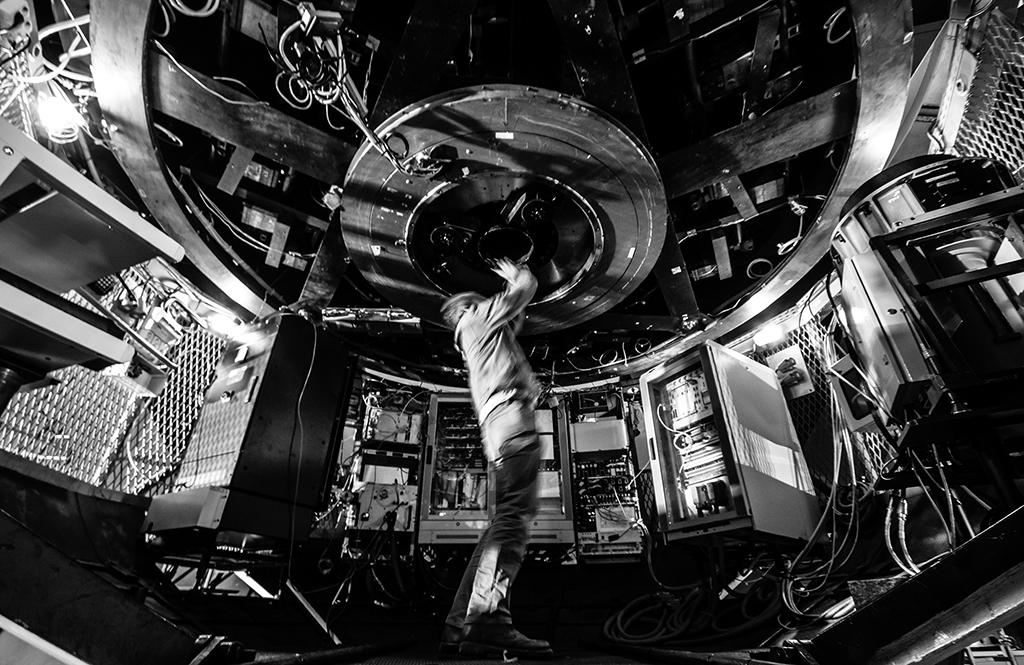
This is a rare view of an astronomer looking through a telescope. Until the 1980s, astronomers performed visual observations by sitting at night in the so-called telescope cage (pictured here). But with the arrival of photosensitive electronic devices, the astronomer’s eye was less in demand. Detector arrays are now used, which can count individual photons.

The image shows several hundred-year-old larches – alive and dead – on the 56km (35-mile) long lava flow of the Anyui volcano in northeast Siberia. The largely unexplored volcanic area in the far northeast of Russia is a unique archive for dating carbon artefacts, which allows the development of temperature-sensitive annual growth rings over several centuries up to millennia.
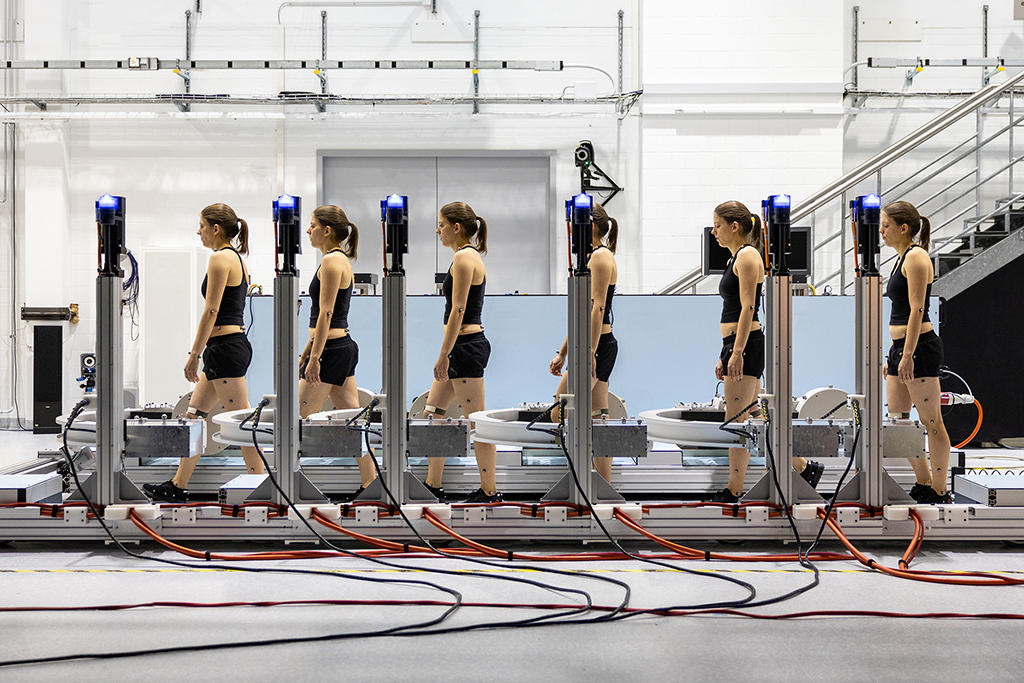
In 1877 Edward James Muggeridge invented chronophotographyExternal link: capturing multiple phases of movements, which has proved essential in understanding the human in motion. Reto Togni illustrates cutting-edge scientific processes that reveal the internal working principles of the human body. What’s shown is a gait trial, using a technique that tracks and follows the movements of the participant while taking a series of x-rays to analyse bone kinematics. By merging a series of six photographs taken during the trial, the image demonstrates innovation through continuous reinterpretation and repurposing of old methods.
What does the normal embryo look like and what process can be used to find out? This video illustrates the simulation of a 36-hour-old zebrafish embryo. Modern optical microscopy was used to create 3D reconstructions of living zebrafish embryos. Helped by computational algorithms, the embryo simulations are warped in such a way to eliminate differences in their position and shape. Finally, a 3D representation of the prototypical zebrafish embryo results from overlaying and averaging all the obtained images. The image’s contrast represents among other structures the eye, the gill arches, vasculature and neuronal bundles. Computational processing of the images was performed on a high-performance computer cluster and took two days.
The Jury
The jury is chaired by Nadine Wietlisbach, director of Fotomuseum Winterthur (Switzerland). The other members are Emmanuel Ferrand, mathematician, Sorbonne University (France); Jens Hauser, curator (Denmark); Irène Hediger, director, artists-in-labs programme, Zurich University of the Arts (Switzerland); Dominique Peysson, artist, Ecole nationale supérieure des Arts Décoratifs (France); Gilles Steinmann, director of photography, Neue Zürcher Zeitung (Switzerland).
Since the competitionExternal link was launched in 2017, some 1,600 images have been submitted.

In compliance with the JTI standards
More: SWI swissinfo.ch certified by the Journalism Trust Initiative
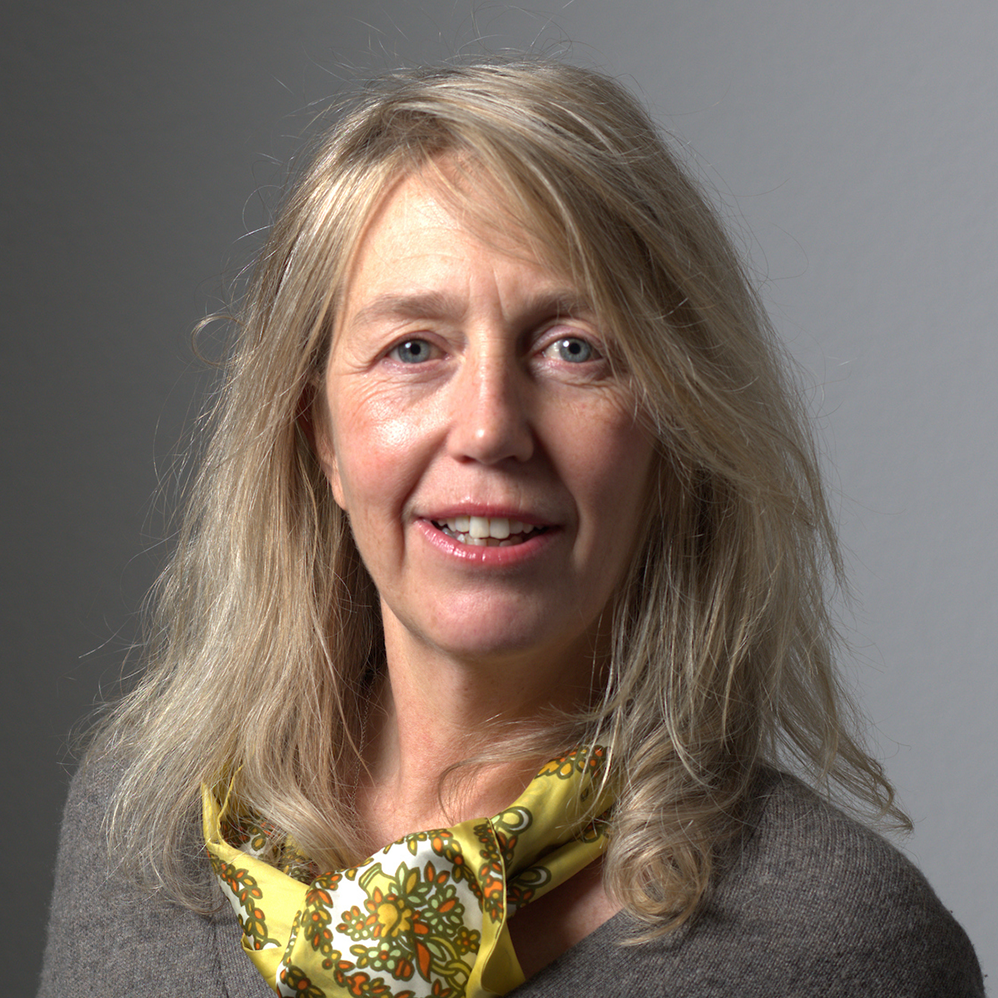

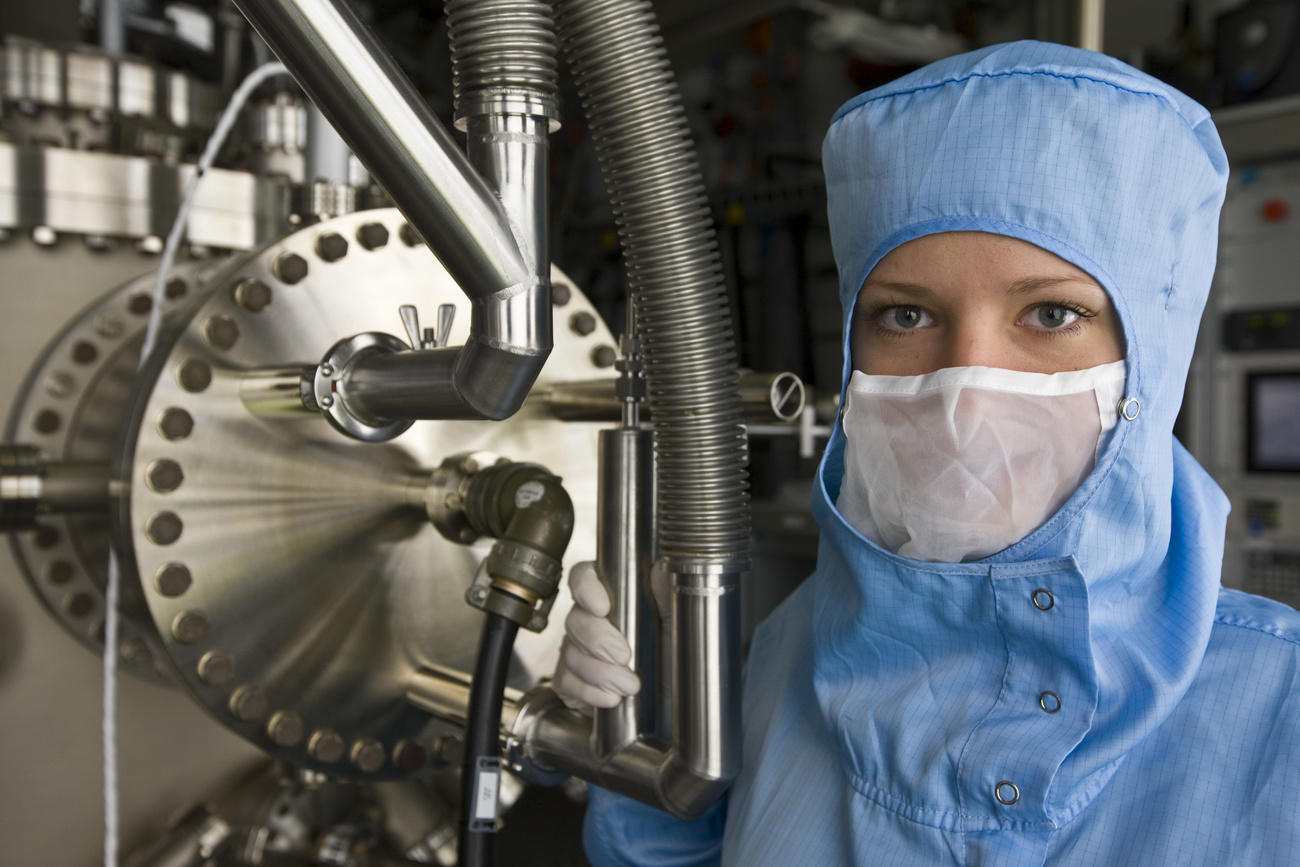
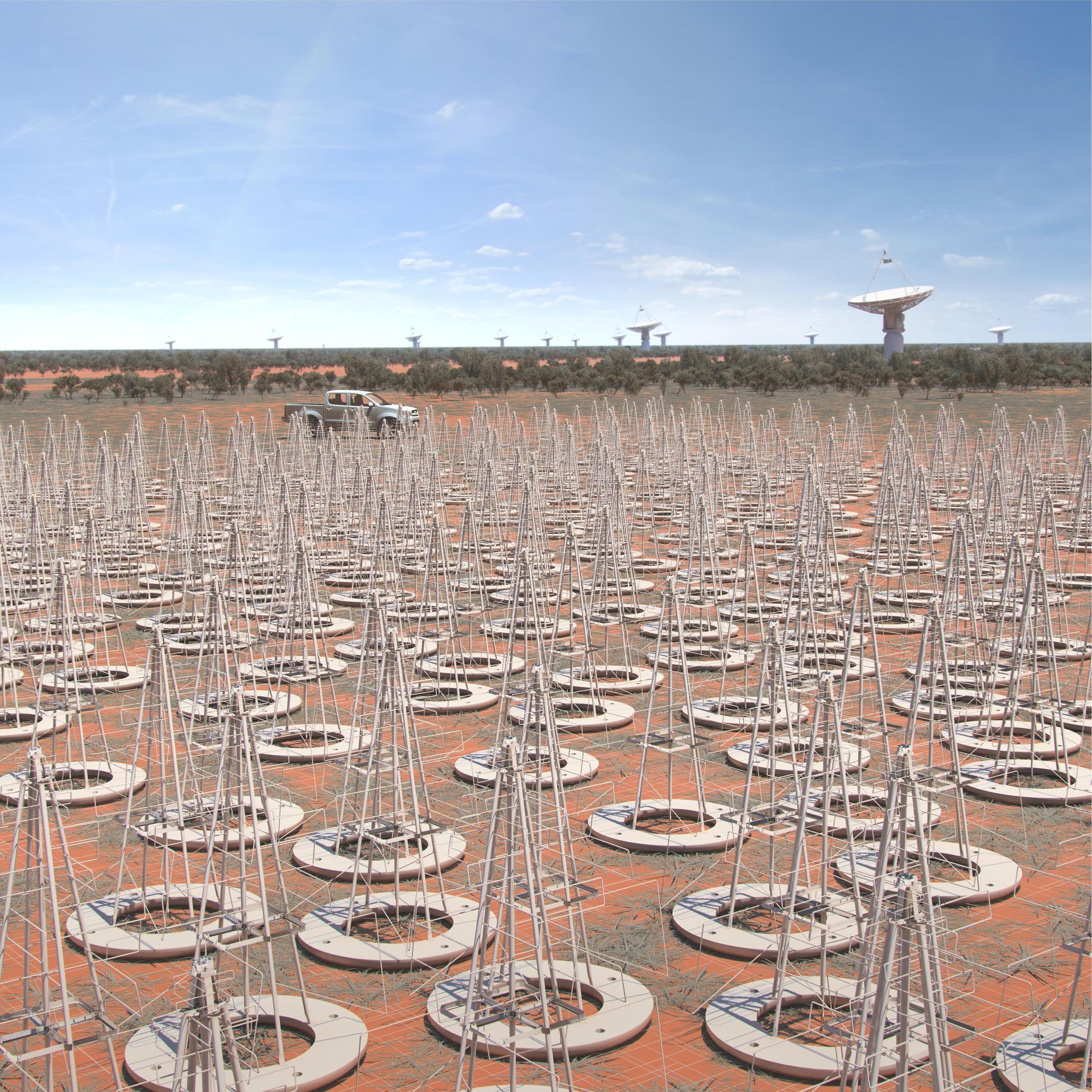

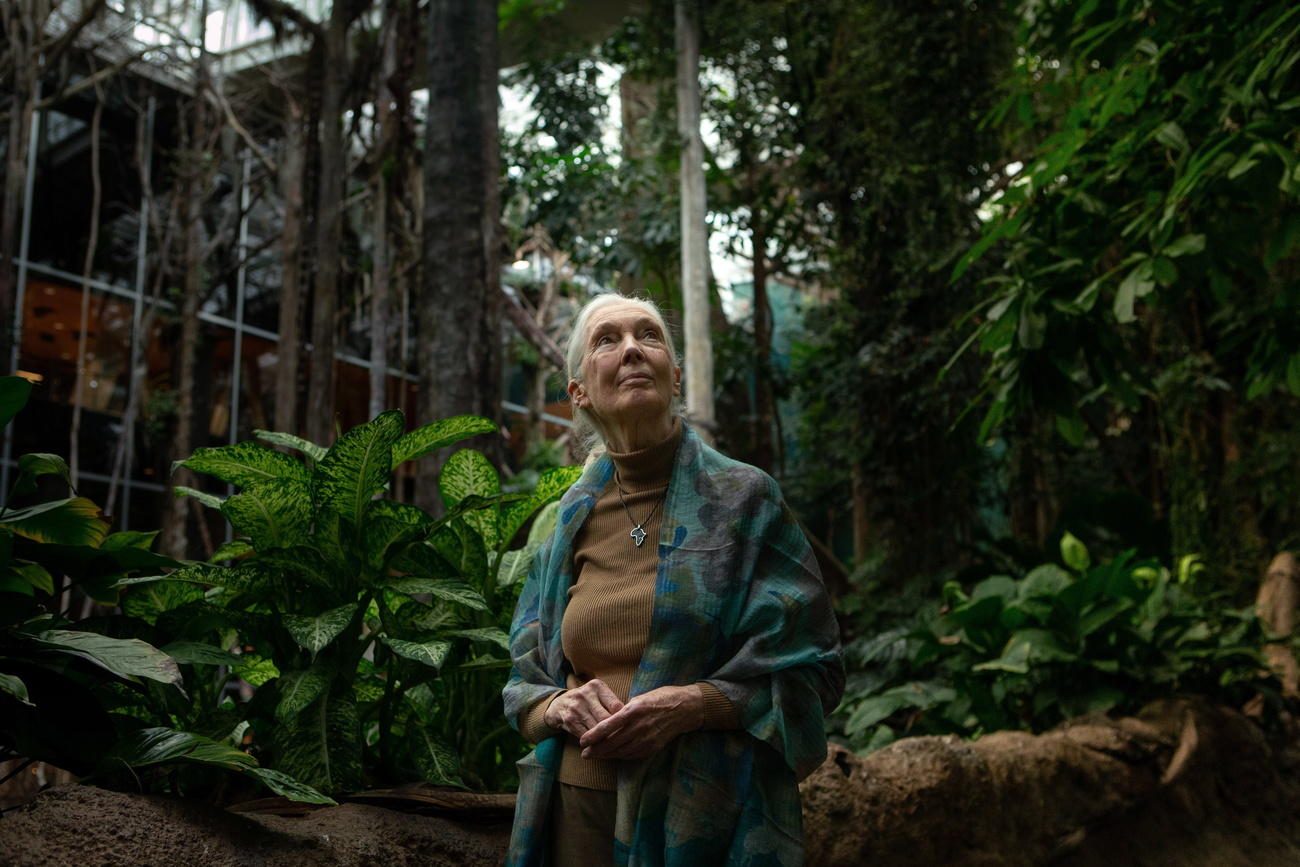
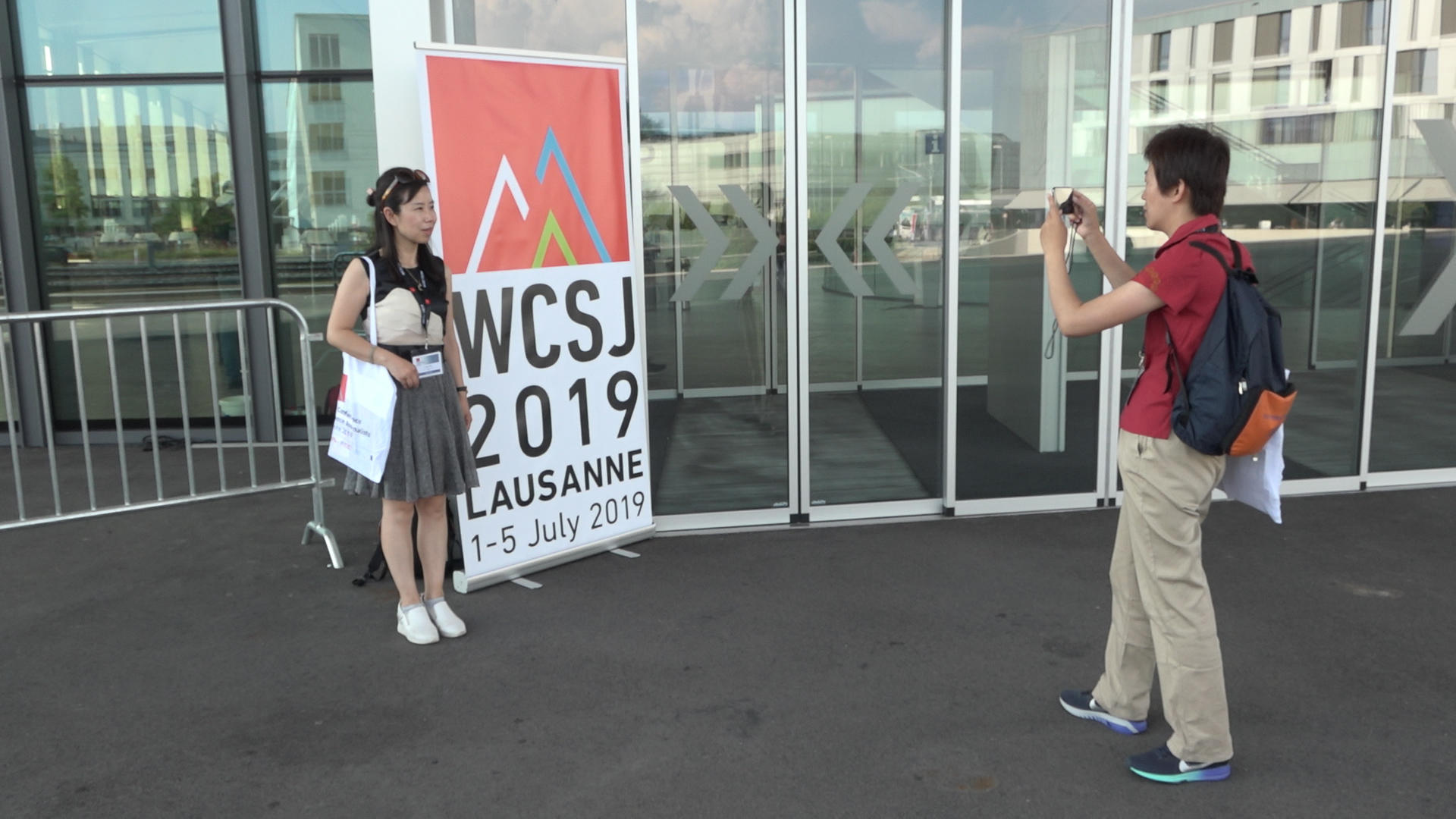
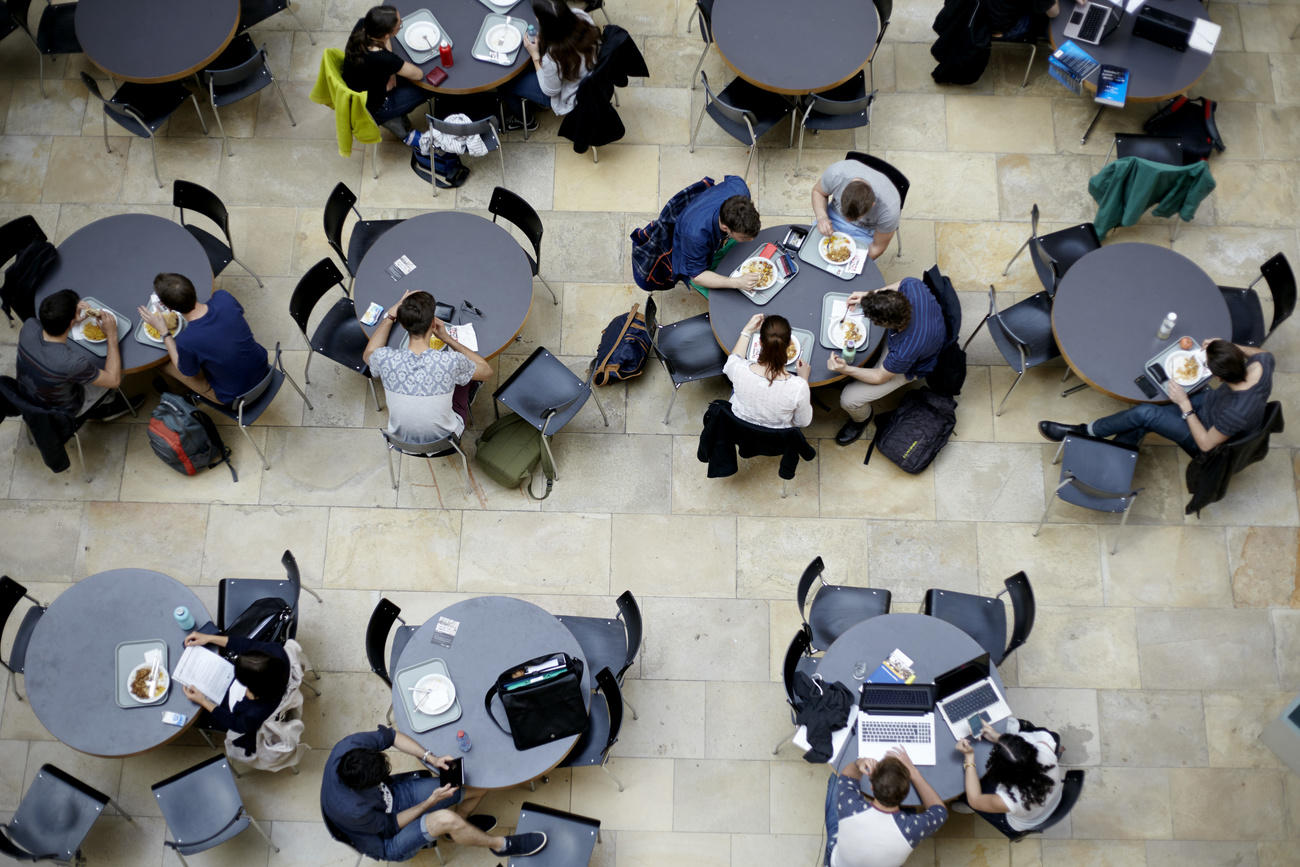
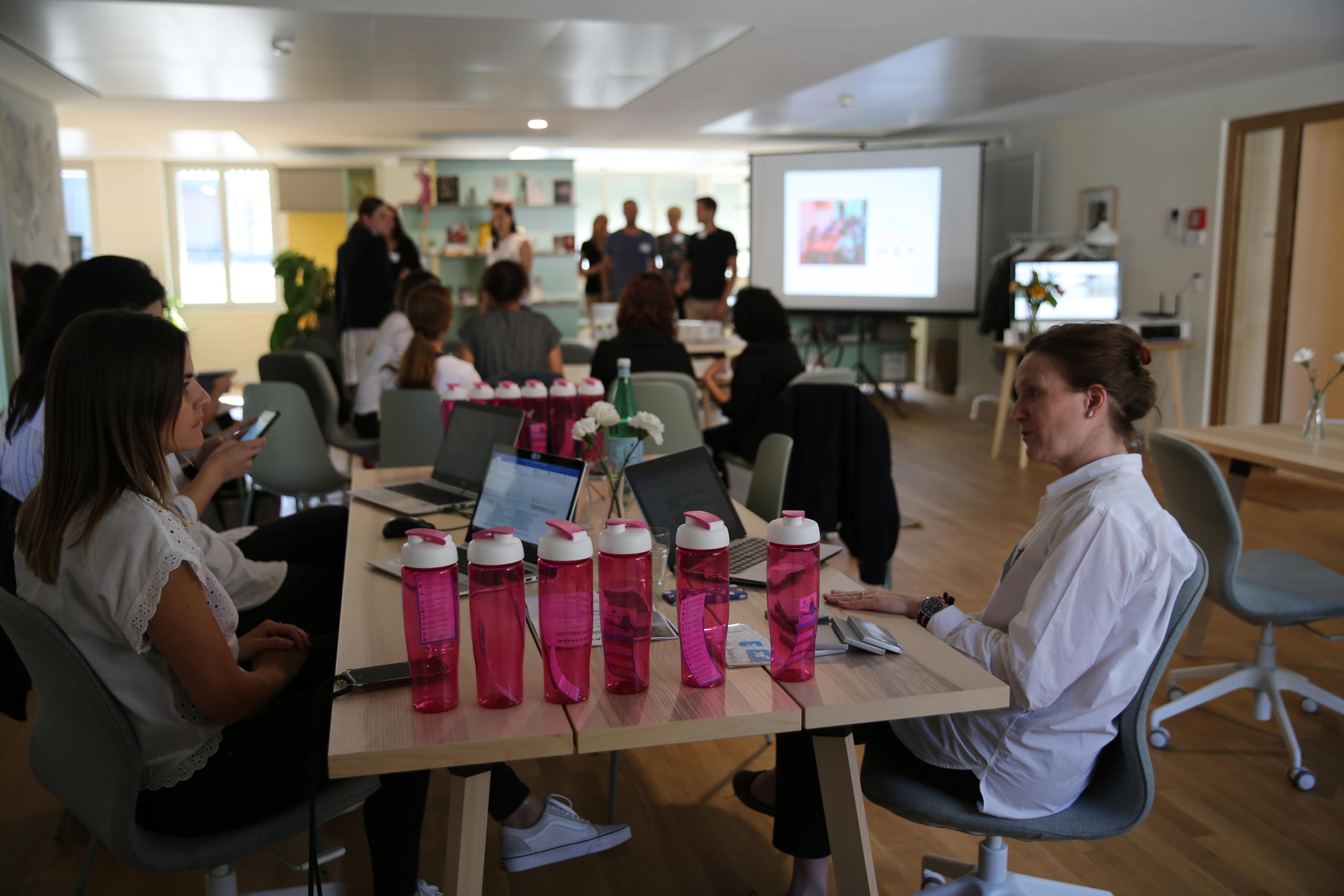
You can find an overview of ongoing debates with our journalists here. Please join us!
If you want to start a conversation about a topic raised in this article or want to report factual errors, email us at english@swissinfo.ch.